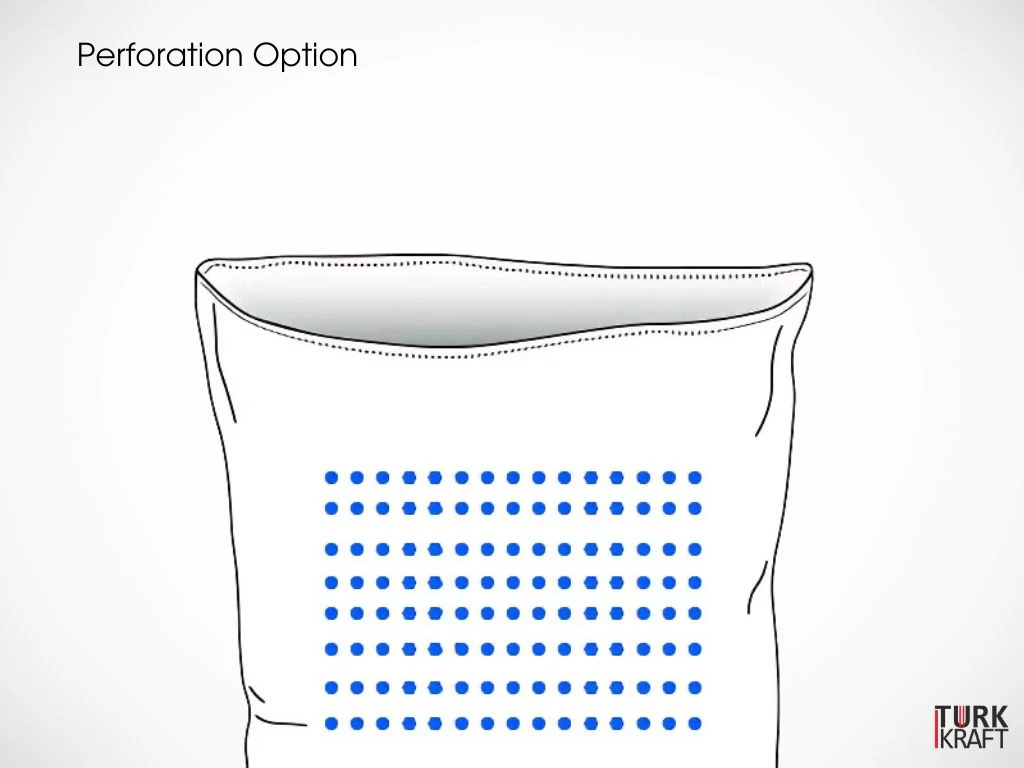Multiwall Paper Bags Manufacturer
Multiwall Paper Bags Manufacturer

Perforation Option for Optimal Airflow
The perforation option is a valuable feature for woven polypropylene bags, allowing for optimal airflow and gas exchange. Small holes are strategically punched into the bag’s surface, making it ideal for products that require ventilation during storage or transportation. This feature is especially useful in industries dealing with fresh produce, seeds, or other moisture-sensitive goods.
Step 1: Creating Perforations
Perforations are created by punching evenly spaced holes into the woven fabric. The size, number, and pattern of the holes can be customized based on the product's ventilation needs. This step ensures that the bag provides the right amount of air circulation to maintain the quality of the stored goods.
Step 2: Balancing Protection and Ventilation
The perforated design balances the need for ventilation and product protection. While the holes allow air to flow freely, they are small enough to prevent contamination from dust and dirt. This makes the bags an excellent choice for storing perishable or sensitive items that require breathability to maintain freshness and prevent spoilage.
Step 3: Testing Airflow Efficiency
Perforated bags are tested for airflow efficiency to ensure they meet specific industry requirements. This testing ensures that the ventilation holes function as intended, providing consistent airflow without compromising the bag’s strength or durability. These tests help verify that the bags are suitable for long-term storage and transport.
Benefits of Perforated Bags
Provides necessary airflow for freshness.
Reduces risk of moisture buildup.
Customizable hole patterns.
Ideal for sensitive or perishable goods.
Balances ventilation with protection.